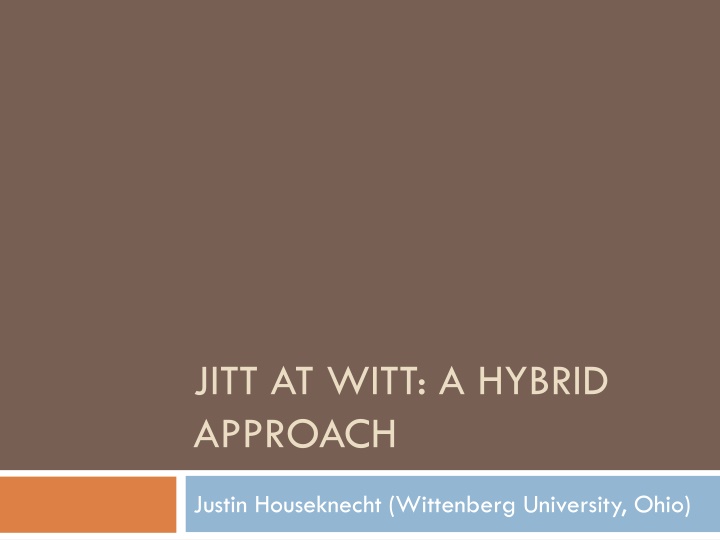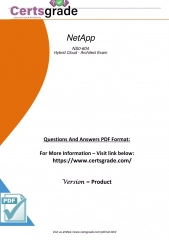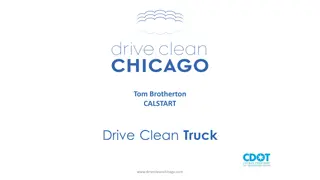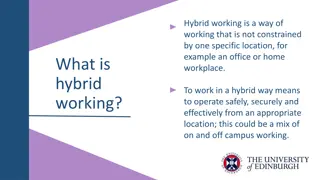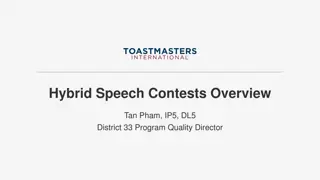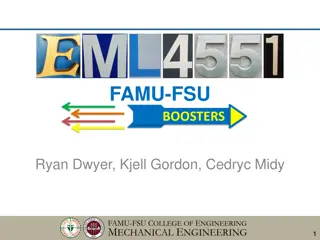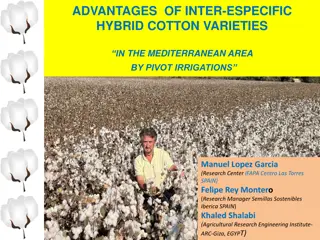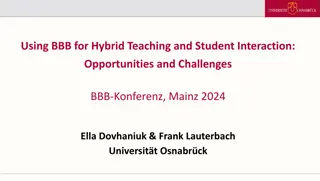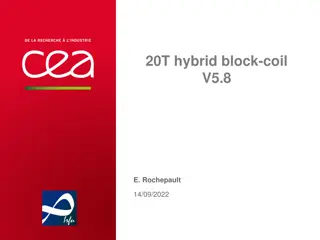JITT AT WITT: A HYBRID APPROACH
"Discover the effective JiTT hybrid approach implemented by Justin Houseknecht at Wittenberg University, Ohio. This student-centered method combines interactive lectures, online homework, group work, and other innovative strategies to enhance student learning outcomes and participation in a biology course. Explore how this approach aims to reduce the high DFW rate and support weaker students through proactive engagement. Embrace a mix of traditional and technology-based teaching methods for a more dynamic classroom experience."
Download Presentation

Please find below an Image/Link to download the presentation.
The content on the website is provided AS IS for your information and personal use only. It may not be sold, licensed, or shared on other websites without obtaining consent from the author.If you encounter any issues during the download, it is possible that the publisher has removed the file from their server.
You are allowed to download the files provided on this website for personal or commercial use, subject to the condition that they are used lawfully. All files are the property of their respective owners.
The content on the website is provided AS IS for your information and personal use only. It may not be sold, licensed, or shared on other websites without obtaining consent from the author.
E N D
Presentation Transcript
JITT AT WITT: A HYBRID APPROACH Justin Houseknecht (Wittenberg University, Ohio)
Prior to Flipping with JiTT Interactive lecture High DFW rate (for Witt) of 26% Attempts to help weaker students Participation grade Review sessions Online homework Extra credit worksheets
Overview of the hybrid approach Reading guides Reading 5-15 min lectures enables Online homework Homework Problems Muddiest point informs Mini-lectures Class Group work
Class Information Tuesday / Thursday 90 min + lab 20-35 students per section, 36-51 per semester 80% Biology majors, mostly pre-med Group work on iPads Allowed students to choose groups Same groups all semester Suggested a few changes Participation grade 15% Extra credit tournament
Moodle for March 18th Posted > 48 hrs before class
Mar 18th Moodle Question Due 12-24 hours before class
Reduction of Carbonyls Mini-lecture - [19.7] Can you also explain this a little more thoroughly, and how we get ":H-"? I understand that it's using hydrogen as the nucleophile rather than as an electrophile...but what exactly is ":H-"? Group work Synthesize the following from a carbonyl compound:
Remainder of Class 1-2 more group problem-solving sessions 3-6 more mini-lectures from JiTT responses
Post Class Homework After Class Complete book problems 1)[19.1] 1, 2, 30-33 2)[19.2-3] 3abd, 4 3)[17.4-5] 8-11, 30-33 4)[19.7] (34), 36 5)[19.5] 7, 8 6)[19.11] 16, 17, 35, 47, 58 Complete OWL modules 19.3&19.11, 19.3&19.7&19.11by Mon. 3/24 @ 8 am
Observations Students did better, particularly weaker students Video mini-lectures universally loved Organization of time and material was a major challenge Vast majority saw benefit of flipped pedagogy, but few who didn t were adamant Solutions database was under-utilized
JUST-IN-TIME TEACHING WITH PEER INSTRUCTION JENNIFER MUZYKA cCWCS Workshop Active Learning in Organic Chemistry
Do you think students struggle when reading technical materials (like organic textbooks)? Yes No Maybe Some students 25% 1. 2. 25% 3. 25% 4. 25%
JiTT at Centre Pre-class reading assignment Questions about reading Student responses reviewed Class answer student questions Address misconceptions
Logistics Moodle Quiz deadlines Essay questions Two content questions One open question, identifying confusion Generating student buy-in
Thinking of what you want to get out of your college education and this course, which of the following is most important to you? Acquiring information (facts, principles, concepts) Learning how to use information and knowledge in new situations Developing lifelong learning skills 1. 33% 2. 33% 3. 33%
Of these three goals, which do you think you can make headway on outside of class by your own reading and studying? Acquiring information (facts, principles, concepts) Learning how to use information and knowledge in new situations Developing lifelong learning skills 1. 33% 2. 33% 3. 33%
Reading questions & students Questions point students to important topics Students process ideas as they write Students develop reading skills Students develop writing skills
Reading questions & faculty Write questions Read/grade student responses Develop class materials based on student responses Feedback from otherwise silent students
Changes in class Less time on definitions More time on complex concepts Slide with reading question Slide(s) with student responses Address questions Clicker questions
What structural features cause some organic compounds to be acidic? The anions of the organic compounds are stabilized by having negative charge on a highly electronegative atom or by resonance. In general, functional groups can cause some organic compounds to be acidic. The main functional group that causes acidity is carboxylic acid. The structural feature is a functional group with a carbon-oxygen double bond. This is otherwise known as a carbonyl group.
What factors influence whether substitution or elimination will occur between an alkyl halide and a nucleophile/base? Summarize these factors in 2-3 sentences. I don't have a great grasp on this yet but I think that elimination will likely happen in the presence of a strong base and the SN2 reaction dominates when the substrate is not highly substituted. Other than that it seems like there could be mixtures. For bimolecular reactions, elimination will occur if the reaction involves a strong base. Bimolecular reactions occur under more neutral conditions, like with the use of ethanol and water. I think this is the right answer, but i'm not 100% sure because I don't see any extremely obvious trends. Maybe i'm just missing them, though.
Peer instruction Students respond individually to clicker question Instructor looks at response graph Students discuss concept Students respond to clicker question again
Question quality Explain what is meant by the term regiochemistry. Describe the regiochemistry observed in the reaction of 1-hexene with HCl.
Outcomes Instructor observations Student attitudes http://confchem.ccce.divched.org
References Novak, G. M.; Gavrin, A.; Christian, W.; Patterson, E. Just-in-time teaching : blending active learning with web technology; Prentice Hall: Upper Saddle River, NJ, 1999. Simkins, S.; Maier, M.; Rhem, J. Just-in-time teaching: across the disciplines, across the academy; New pedagogies and practices for teaching in higher education; 1st ed.; Stylus Pub: Sterling, VA, 2010. Smith, M.K.; Wood, W.B.; Adams, W.K.; Wieman, C.; Knight, J.K. Guild, N.; Su, T.T. Why Peer Discussion Improves Student Performance on In-Class Concept Questions, Science2009, 323, 122-124. Smith, G. A. First-Day Questions for the Learner-Centered Classroom, The National Teaching & Learning Forum2008, 17 (5), 1-4.
